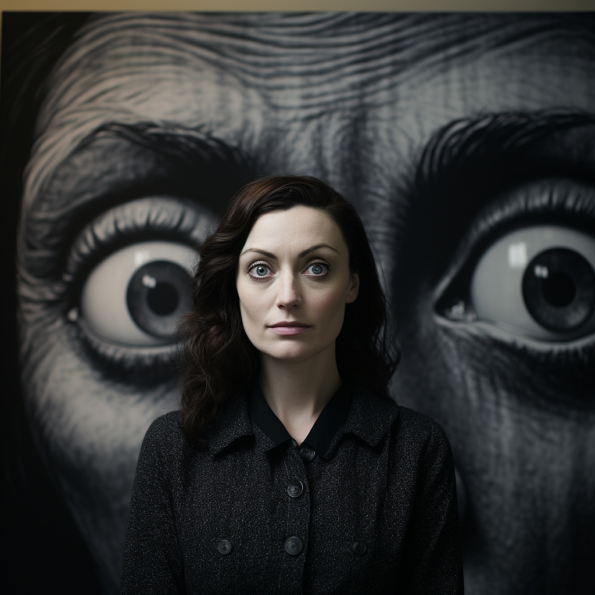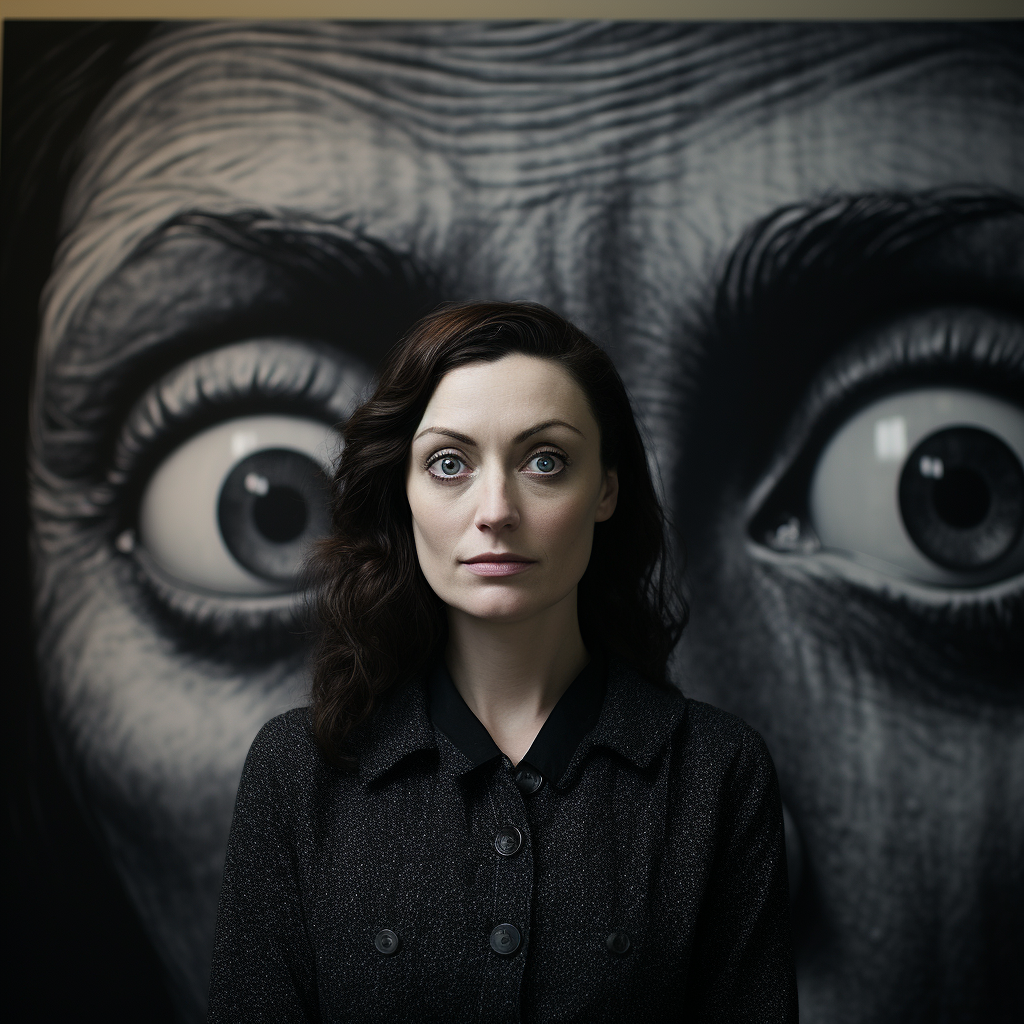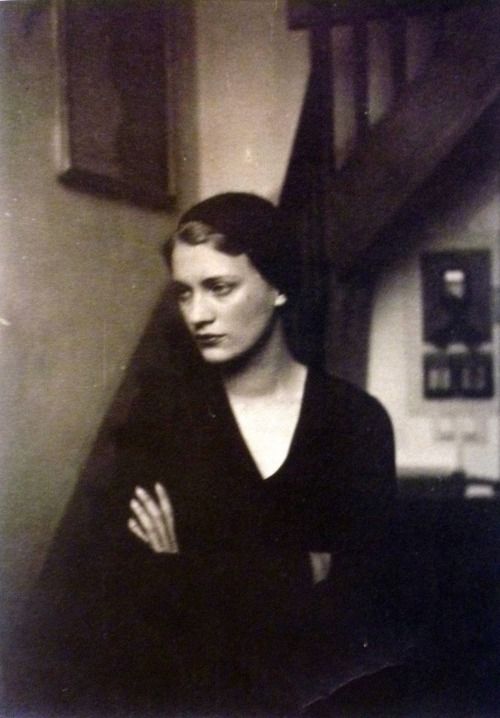 In Medieval astrology, Saturn held a prominent and foreboding position as the stronger malefic, a celestial force representing the darker aspects of life, including death and endings. During this era, the symbolism associated with Saturn was laden with ominous connotations that had a profound impact on the collective psyche of the time. Saturn’s association with the man in black, or even the devil, is a testament to the depth of its malevolent reputation. It became synonymous with the perceived maleficence and adversity that could befall individuals, often serving as a symbol of fear and trepidation. This celestial body was perceived as a formidable archetype, and it was firmly anchored in the earthly, dense plane of reality. It was considered separate from the realms of God, spirit, and the heavens, which were seen as more benevolent and divine.
In Medieval astrology, Saturn held a prominent and foreboding position as the stronger malefic, a celestial force representing the darker aspects of life, including death and endings. During this era, the symbolism associated with Saturn was laden with ominous connotations that had a profound impact on the collective psyche of the time. Saturn’s association with the man in black, or even the devil, is a testament to the depth of its malevolent reputation. It became synonymous with the perceived maleficence and adversity that could befall individuals, often serving as a symbol of fear and trepidation. This celestial body was perceived as a formidable archetype, and it was firmly anchored in the earthly, dense plane of reality. It was considered separate from the realms of God, spirit, and the heavens, which were seen as more benevolent and divine.
In this medieval perspective, Saturn was not merely a distant planet but a harbinger of punishment for human transgressions. It was believed that various forms of “sin,” such as lust, wantonness, and carnal impulses, could infiltrate the physical world and the earthly plane. Saturn, with its role as the celestial executor of justice, was thought to be the enforcer of cosmic retribution for these sins. This perception of Saturn as a stern judge made its influence on people’s lives seem daunting and inescapable.
The Saturn cycle surrounding an individual’s birth chart was viewed as a period of trials and tribulations. People were believed to be forced to endure hardship and adversity during these phases, as if Saturn was exacting penance for their earthly transgressions. However, from a more modern psychological perspective, this enduring hardship could also be seen as an opportunity for personal growth and transformation. Saturn’s influence was thought to bring about the necessary challenges that would ultimately lead to self-improvement and spiritual evolution.
In traditional astrology, Saturn held a unique position as the farthest known planet from Earth, and it was associated with the zodiac signs of Capricorn at night and Aquarius during the day. Saturn’s symbolism and mythology added depth to its associations and its perceived impact on human lives. Saturn’s connection to the Roman godfather Chronus, also known as Cronus, is noteworthy. In mythology, Cronus overthrew his father Uranus and later devoured his own children to prevent a coup, reflecting themes of power, control, and fear. These mythological narratives contributed to Saturn’s astrological attributes, making it a symbol of fear, repression, and authority. Among the traits and emotions often attributed to Saturn, there are several negative aspects. Saturn’s influence was believed to contribute to feelings of rigidity, constriction, narrow-mindedness, melancholy, and excessive restrictions. People with prominent Saturn placements in their natal charts were thought to be more prone to these negative qualities.
One of Saturn’s most significant impacts was seen in its association with unfulfilled hopes and dreams. The fear of failure, often associated with Saturn, could lead to personal dissatisfaction and a lack of confidence in one’s abilities. This fear of inadequacy and the anticipation of harsh consequences could create a paralyzing effect, preventing individuals from taking risks or seizing opportunities. It was as if Saturn’s energy represented the “devil’s shackles,” restraining people from venturing too far from the safety of the familiar and secure. In astrology, the influence of Saturn was seen as a force that needed to be reckoned with, and individuals with strong Saturn aspects in their charts often faced significant challenges and lessons in life. While Saturn’s energy could bring about hardships and restrictions, it also had the potential to foster discipline, resilience, and a sense of responsibility. Overcoming Saturn’s influence could lead to personal growth and the development of inner strength.
The connection between anxiety and Saturn extends far back in time and is entwined with astrological beliefs. Saturn, as discussed earlier, was associated with fear, repression, and limitations in traditional astrology. This connection underscores the idea that the experience of anxiety has deep historical and symbolic roots. Anxiety is a common and often challenging experience that nearly everyone encounters at some point in their lives. Its origins can be traced back to the European word “angst,” which has German roots. The term “anxiety” itself is derived from various ancient Greek words that convey the notions of feeling constricted, strangled, burdened with sadness, or afflicted. This linguistic history reflects the suffocating and distressing nature of anxiety, which has been a part of the human experience for centuries.
It’s important to recognize that anxiety is one of the most prevalent mental health disorders, and many individuals grapple with it. The shared nature of anxiety means that countless people understand the challenges and burdens it can bring. While chronic social anxiety, often attributed to Saturn’s influence in astrology, can lead individuals to avoid social situations, it’s essential to remember that there is hope for change and growth. As individuals, we have the capacity to work on ourselves, confront our fears, and evolve over time. Therapy, support systems, and self-awareness can play crucial roles in managing and even overcoming anxiety. While our core nature may remain consistent, our ability to adapt, learn, and grow is a testament to our resilience as human beings.
It is intriguing that Saturn, as a planet in our solar system, possesses such beautiful and aesthetically pleasing features like its halo and rings, which glisten like ice and snow. When observed from a closer vantage point, these characteristics can be truly breathtaking and awe-inspiring. Saturn’s distinctive rings, composed primarily of ice particles and rocky debris, create a stunning and otherworldly appearance. Described as one of the most beautiful sights in our solar system, it stands in stark contrast to the negative associations that Saturn holds in traditional astrology. The paradox of Saturn’s celestial beauty and its symbolic associations with fear, repression, and limitation in astrology reflects the complexity of human perception and interpretation.
Saturn deals with time and the rings that surround this planet suggest that time is circular or cyclic, that patterns are always repeating themselves. They remind us that we can’t just consider one point in time when making a major decision, but must consider everything relevant that went before it and everything that will come after. This connection between Saturn’s rings and time is confirmed by the difficulty any astrologer has in talking about Saturn without referring to its cycles and what they mean in our lives. By Donna Cunningham
The interpretation of Saturn’s symbolism as the “cross of matter placed on the crescent of the soul” is a thought-provoking image that underscores the dual nature of human existence. It emphasizes the tension between the physical, material world (represented by the cross) and the spiritual, soulful realm (represented by the crescent). This interpretation suggests that while our souls may have a universal and transcendent quality, our physical forms tether us to the Earth, grounding us in the material aspects of life. The analogy of Earth as a fortress with walls around it, as described by Islamic mystics, reinforces the idea that our physical existence is constrained by the boundaries and limitations of the material world. This perspective aligns with the notion that humans are bound to the earthly realm and that attempts to evade or transcend these limitations are ultimately futile.
The connection between Saturn and Satan, often humorously noted, is an interesting cultural and symbolic association. Both entities are often portrayed as figures associated with darkness, trials, and challenges. However, it’s important to recognize that this connection should not necessarily be interpreted negatively. Instead, it can be seen as a reflection of the complex interplay between light and dark, challenge and growth, in the human experience. In various mythologies and belief systems, figures like Satan and Saturn often serve as catalysts for personal transformation and self-discovery. They challenge individuals to confront their fears, limitations, and inner demons, ultimately leading to spiritual growth and evolution. This perspective encourages a more nuanced and balanced understanding of these symbols, acknowledging their role in the human journey of self-realization.
“To the ancient astrologers (and philosophers) Saturn was the last planet…the farthest planet from the sun. The sun was associated with light, heat and good. Saturn was the planet least exposed to light. It was associated with cold and black. It was the planet of adversity, limitations, of trials. He was not evil.,,Saturn was associated with the limitations that come with the incarnation of the soul in the material world (the aging, the pain, the basic needs, food, warmth, etc) To the ancient Greeks Pan represented the inferior nature of man, with his animal part. As a representation of the inferior nature of man, he was associated with Saturn. And then later, long after the people tortured and killed one of the nicest guys ever (Jesus), they started inventing ways of making people feel guilty and scared. That is when Saturn became Satan, and the idea of “adversity” was probably out of grasp for their very primitive minds, so they replaced “adversity” with “evil” which was probably a better argument to burn witches, alchemists and astrologers. And the inferior, animal part of man (Pan) became the Devil. The repression of the sexual instincts was one of the surest ways to make people feel weak. That is why satan looks a lot like a Capricorn-man: goat feet, a tail, goat horns, a goatee, and a triangle shaped-face. Satan was originally not the “temptator” but the “tester”, because that is what Saturn does: Saturn TESTS YOU: when you have a Saturn transit you are tested in that area. That’s just one of the many mistakes of the old Christian church. Or maybe it was their strategy: mixing everything up until it doesn’t mean anything so that they can enslave a disoriented humanity. Fortunately, the Age of Aquarius is bringing a new light. And of course, but you already know that, the word Saturday comes from there too. Asmodee
In Tarot card symbolism, Saturn is often associated with the Devil card. The Devil card is typically depicted as a powerful figure with goat-like or demonic features, standing over two chained figures, often representing a man and a woman. The imagery in the card often includes elements such as chains, flames, and inverted pentagrams, all symbolizing various aspects of temptation, bondage, and materialism. The Devil card is not necessarily an entirely negative or evil symbol; rather, it represents the darker aspects of human nature and the challenges we face in the material world. Saturn’s influence, as discussed earlier, is often linked to themes of fear, repression, and limitations. In the context of the Devil card, Saturn’s influence can be seen as a reminder of the earthly and materialistic aspects of life that can ensnare us and lead us away from our higher spiritual aspirations.
When the Devil card appears in a Tarot reading, it can indicate a need to confront and overcome one’s material desires, addictions, or attachments. It suggests that we may be bound by self-imposed limitations or external influences that are preventing us from achieving our true potential. The card encourages introspection and the breaking of these metaphorical chains to free ourselves from negative patterns and temptations.
Why does this grim figure of oppression appear so late in the Tarot?…The devil bears the number 15, which reduces to 6…The Devil introduces the last line…Does this road to enlightenment take us through the dark world of the Devil? Remember that Dante goes through hell before he can reach Purgatory and Paradise; and that William Blake, the occultist and poet, described the Devil as the true hero of Milton’s poem Paradise Lost….The main illusion is materialism, a term which we usually think of as an over concern with money, but which more properly means the view that nothing exists beyond the world of the senses….Denying any spiritual component to life the materialist pursues only personal desires… Since such narrowness often leads to unhappiness the Devil has come to symbolize misery. When we look at the two figures, however, we do not observe any discomfort in their faces or posture. Notice also that the chains do not really hold them; the large loops can easily come off. The Devils ‘power rests on the illusion that nothing else exists. In a great many situations from political oppression to the personal misery of a bad family life, people only become consciously unhappy when they realize that life holds no other alternatives…
Saturn, in its astrological and symbolic associations, represents the constraints and limitations we encounter in life. It signifies the trials and tribulations that are an inherent part of the human journey. However, within these challenges lies the opportunity for growth, transformation, and the alchemical process of transmuting the lead of our struggles into the gold of our inner wisdom and enlightenment. The philosopher Jacobi’s statement, “to confront a person with his shadow is to reveal him his own light,” emphasizes the idea that by acknowledging and facing our inner darkness or shadows, we gain a deeper understanding of ourselves and our potential for inner illumination. It’s through the process of self-awareness and introspection that we can unearth our hidden strengths, talents, and sources of inner light.
The broader message here is that confronting and transcending our limitations, whether represented by Saturn or our inner shadows, can lead to personal transformation and the discovery of our inner light. It encourages us to question, explore, and aspire to higher states of consciousness and self-realization. It underscores the idea that, even in the face of adversity, we have the potential to rise above and embrace our true nature as beings of light and wisdom.












